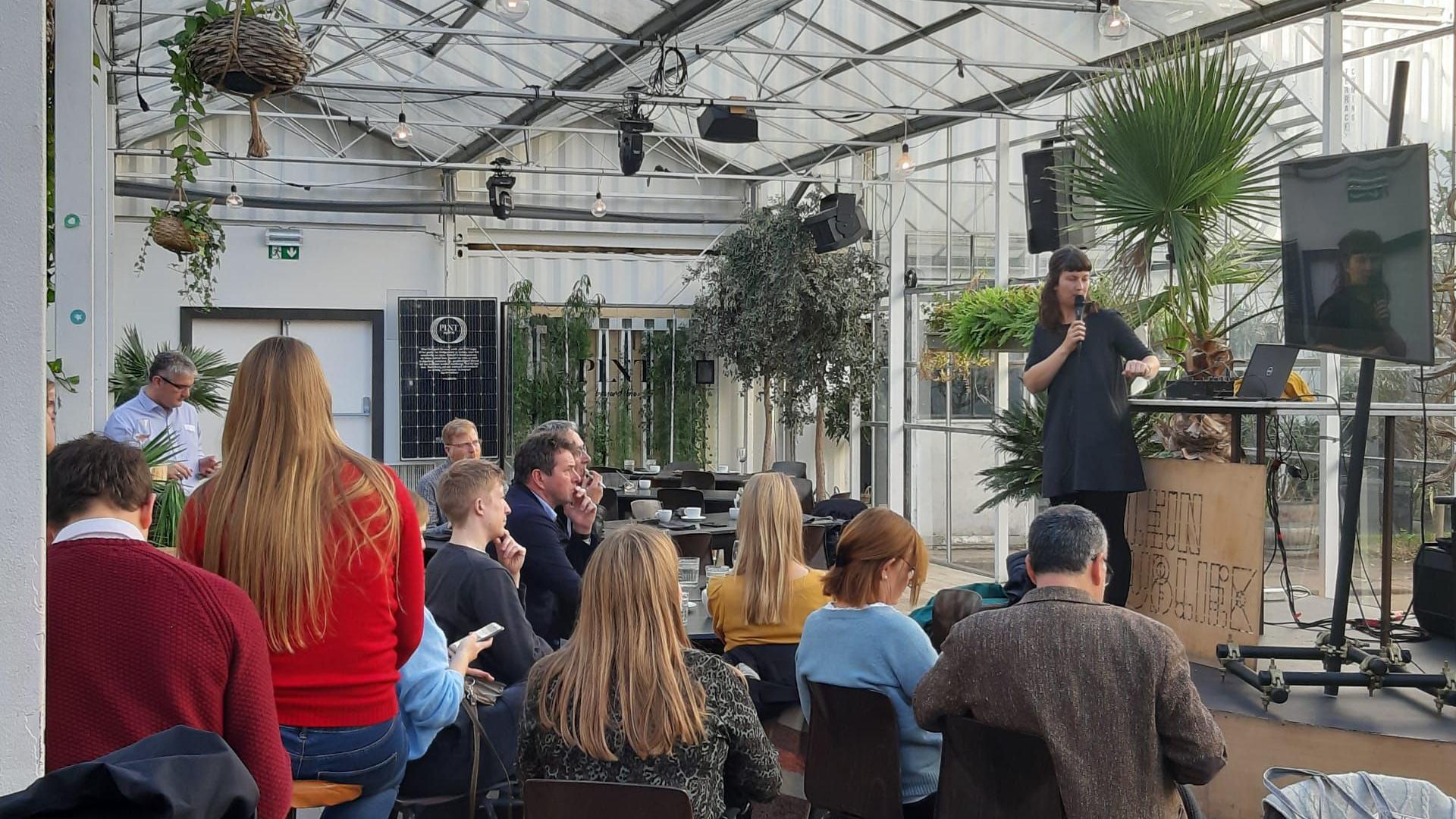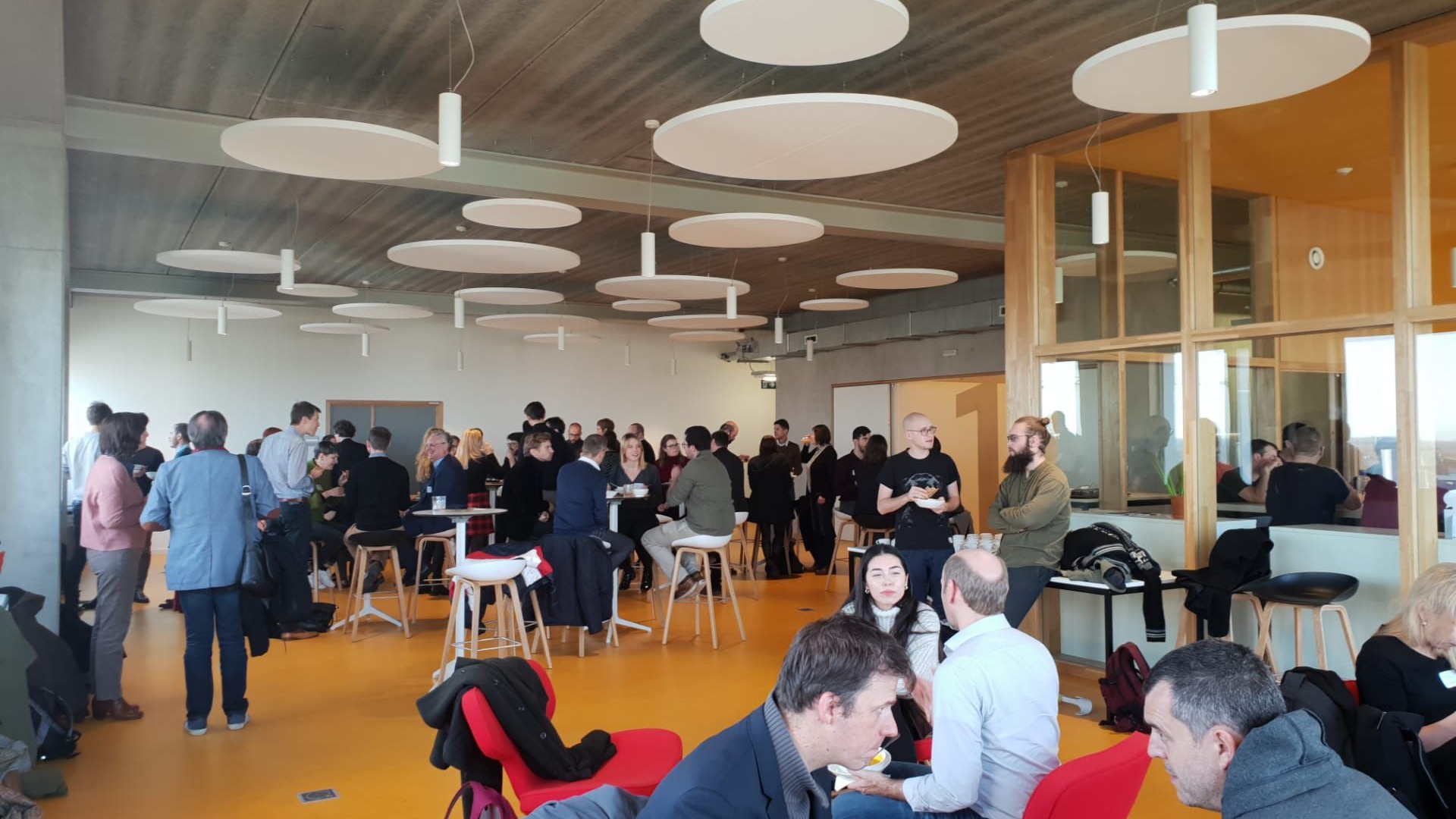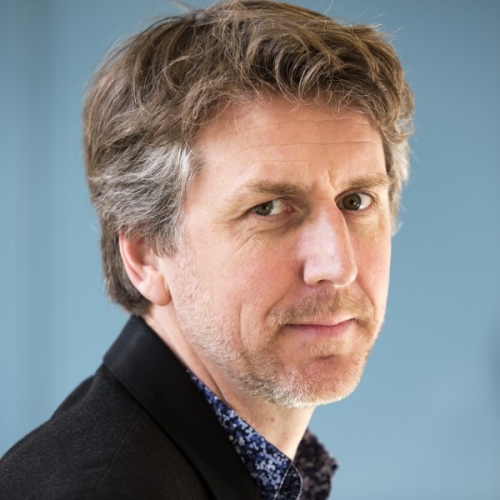How Circular Economy Hotspots contribute to a circular economy
While the Circular Economy has become a global concept, it maintains a strong focus on local production. Regional economic, societal, and technological factors shape the implementation of circular activities differently around the world.

Circular Economy Hotspot Belgium
Circular Economy Hotspots, a series of events that highlight and promote the efforts of companies and organisations to foster innovation in the field of circular economy, provide interesting insights into local circular economy initiatives. All such initiatives share the overall aim to maintain the functionality of products and materials as high as possible while minimizing material losses.
Preceding the G-STIC Conference of 2019, I joined the Circular Economy Hotspot Belgium. This event introduced the participants to local circular economy practices in Antwerp, Ghent, Mons and Brussels.

It was interesting to see how circular initiatives are taken at many different levels. The Circular Economy Hotspot covered actions taken at a very local and small scale, such as in repair cafés, as well as actions by major companies in the chemical and metals sector. This multilevel approach is absolutely vital if we want to realise systemic changes in our consumption and production patterns.
Circular economy in South Australia
More recently, the Circular Economy Alliance Australia (CEAA) and Green Industries South Australia (GISA) took a similar initiative. As part of the Global Leadership Programme on Circular Economy, they invited a group of 25 decision-makers from 9 countries to experience the efforts made by local companies, get inspired by these efforts and exchange their views.
During a 5-day programme, we explored how material loops are closed for green waste, plastics, beverage containers and water. This was framed in the broader policy context of the South Australian government. As a thinker in residence, I had the honour to reflect on the presented technologies and trigger a debate on possible ways forward.
Looking beyond matters of technology
South Australia indeed shows how to gradually move away from a waste policy based on landfilling to material management geared towards closing material loops. Green waste composting, for example, provides the necessary nutrients for the Australian wine sector. Another example is the packaging deposit scheme introduced in the 1970s. This scheme results in high-grade plastics and aluminum streams that can be baled for further sales and processing without the need for additional separation.
To ensure good results for the diversion of waste from landfills, South Australia is looking beyond matters of technology. A lot of attention has been given, for example, to educating young people and society at large towards good sorting behaviour. Opportunity Shops (or Op Shops, as they are referred to in Australia) provide another example of the broad approach South Australia is taking to circular economy practices. Op Shops not only resell used clothing but provide social support as well.
Stimulating a debate is vital
All the activities during this Circular Economy Hotspot-like programme triggered the interest of participants from India, Singapore, Brazil, New Zealand, … and stimulated further debate. Which activities can be transferred to other regional contexts? How do they compare to existing local practices? How should we adapt them to fit the local conditions?
This kind of debate is vital if we want to build a local but globally connected circular economy. The exchange of successes and failures, lessons learned and good practices, such as during Circular Economy Hotspots, provides a strong basis for implementing sound circular economy practices.

With G-STIC, we actively encourage the debate between organisations worldwide to increase our mutual understanding of the circular economy concept. This has led to an active collaboration between G-STIC and UNCRD, the Regional 3R Forum in Asia and Pacific, the World Resources Forum, ISWA and others. The continued exchange of lessons learned by each of these organisations can help us implement circular economy approaches faster and better.
